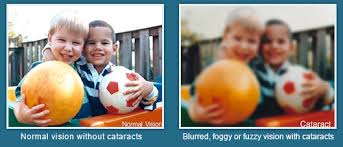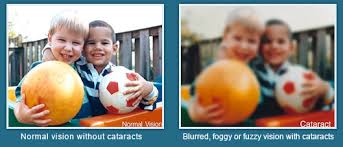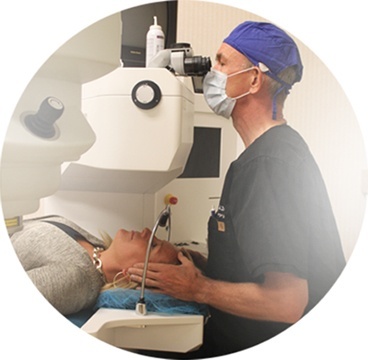Seeing Past Your Cataract Symptoms
When you have cataract surgery it marks the beginning of a whole new world of possibilities - from not needing to wear your glasses all the time, to...
2 min read
 The Rochester Eye & Laser Team
:
Mar 3, 2022 1:16:29 PM
The Rochester Eye & Laser Team
:
Mar 3, 2022 1:16:29 PM

 When you have cataract surgery it marks the beginning of a whole new world of possibilities - from not needing to wear your glasses all the time, to being able to drive at night easily again.
When you have cataract surgery it marks the beginning of a whole new world of possibilities - from not needing to wear your glasses all the time, to being able to drive at night easily again.
Cataracts are one of the leading causes of vision impairment in the US. Because cataracts form slowly and over a long period of time, many people suffer from this condition without ever realizing it. Today, cataracts affect more than 22 million Americans age 40 and older. And as the U.S. population ages, more than 30 million Americans are expected to have cataracts by the year 2020.
If you experience one or more of these symptoms, you may have cataracts:
Simply put, a cataract is a clouding of the lens inside your eye. It's a natural part of aging. If you are over 55, there's a good chance you have some form of cataracts.
When the lens becomes clouded, it prevents light from focusing properly on the retina. Vision with cataracts has been described as seeing life through a cloudy window - objects are blurred, colors are dull, and night driving becomes uncomfortable and eventually unsafe.
The most common way to eliminate cataracts is to replace your clouded lens with a new artificial one called an intraocular lens, or an IOL. With today's technology, you can choose an artificial lens that not only replaces your clouded lens but also corrects other vision problems you may have - such as astigmatism or presbyopia - even if you have had these problems your whole life. To learn more about your cataract lens options, read Cataracts? Understanding your lens implant options.
Traditional cataract surgery has been performed for years by making a micro-incision at or near the cornea and gently removing the cloudy lens using high-energy sound waves. While this method is still quite effective, Rochester Eye & Laser Center is proud to offer another method -- the most advanced technology for cataract surgery using lasers.
Laser cataract surgery (also called bladeless cataract surgery) incorporates the use of the revolutionary LenSx® femtosecond laser system. This laser makes computer-controlled corneal incisions and then gently breaks up the cloudy cataractous lens, based on a detailed real-time 3-dimensional image of the eye.
The LenSx® option allows Dr. Lindahl, the #1 Femto Laser Bladeless Cataract Surgeon in Rochester, to accomplish even greater vision outcomes and astigmatism control due to the precision and customization that comes with computerized treatment.
The placement of the new Intraocular Lens (IOL) remains the same as in traditional cataract surgery. You still have the option to choose either standard IOLs or advanced multifocal, accommodating, or toric lenses, depending on your vision goals and lifestyle. The Rochester Eye and Laser Center will offer knowledgeable consultation to you regarding the best lens choice for your needs.

When you have cataract surgery it marks the beginning of a whole new world of possibilities - from not needing to wear your glasses all the time, to...

Undergoing cataract surgery opens up a world of new possibilities - from ditching your glasses to effortlessly navigating night drives once again. ...

When cataracts form in the eye, they can become a significant obstruction to your vision. In more severe cases, cataracts that are left untreated can...